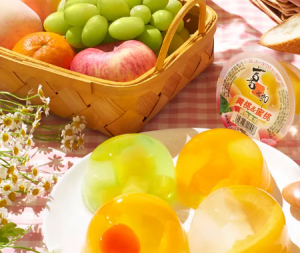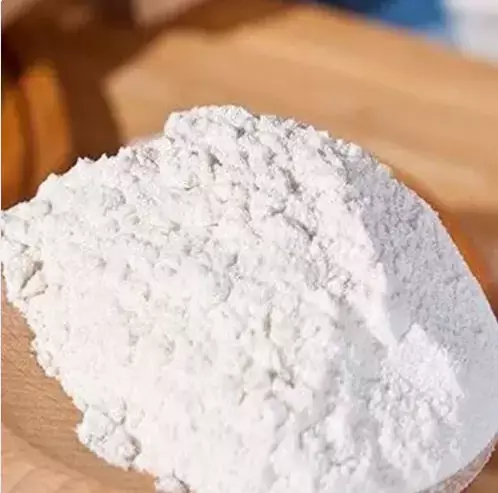Carboxymethyl cellulose (CMC) or cellulose gum is a cellulose derivative with carboxymethyl groups (-CH2-COOH) bound to some of the hydroxyl groups of the glucopyranose monomers that make up the cellulose backbone. It is often used as its sodium salt, sodium carboxymethyl cellulose. It used to be marketed under the name Tylose, a registered trademark of SE Tylose.
Carboxymethyl cellulose is synthesized by the alkali-catalyzed reaction of cellulose with chloroacetic acid. The polar (organic acid) carboxyl groups render the cellulose soluble and chemically reactive. Fabrics made of cellulose—e.g. cotton or viscose rayon—may also be converted into CMC.
Following the initial reaction, the resultant mixture produces approximately 60% CMC and 40% salts (sodium chloride and sodium glycolate); this product is the so-called technical CMC, which is used in detergents. An additional purification process is used to remove salts to produce pure CMC, which is used for alimentary and pharmaceutical applications. An intermediate "semi-purified" grade is also produced, typically used in paper applications such as the restoration of archival documents


It is widely used as drilling mud treatment agent, synthetic detergent, organic detergent, textile printing and dyeing sizing agent, water-soluble colloidal viscosifier for daily chemical products, viscosifier and emulsifier for pharmaceutical industry, thickener for food industry, adhesive for ceramic industry, industrial paste, sizing agent for paper industry, etc. It is used as a flocculant in water treatment, mainly for wastewater sludge treatment, which can improve the solid content of filter cake.


Sodium carboxymethyl cellulose is also a kind of thickener. It has been widely used in the food industry because of its good functional characteristics. For example, because of its thickening and emulsifying effect, it can be used to stabilize yoghurt drinks and increase the viscosity of yoghurt system; Because of its hydrophilicity and rehydration, it can be used to improve the edible quality of bread, steamed bread and other pasta products, extend the shelf life of pasta products and improve the taste; Because it has a certain gel effect, which is conducive to better forming gel for food, it can be used to manufacture jelly and jam, etc;









